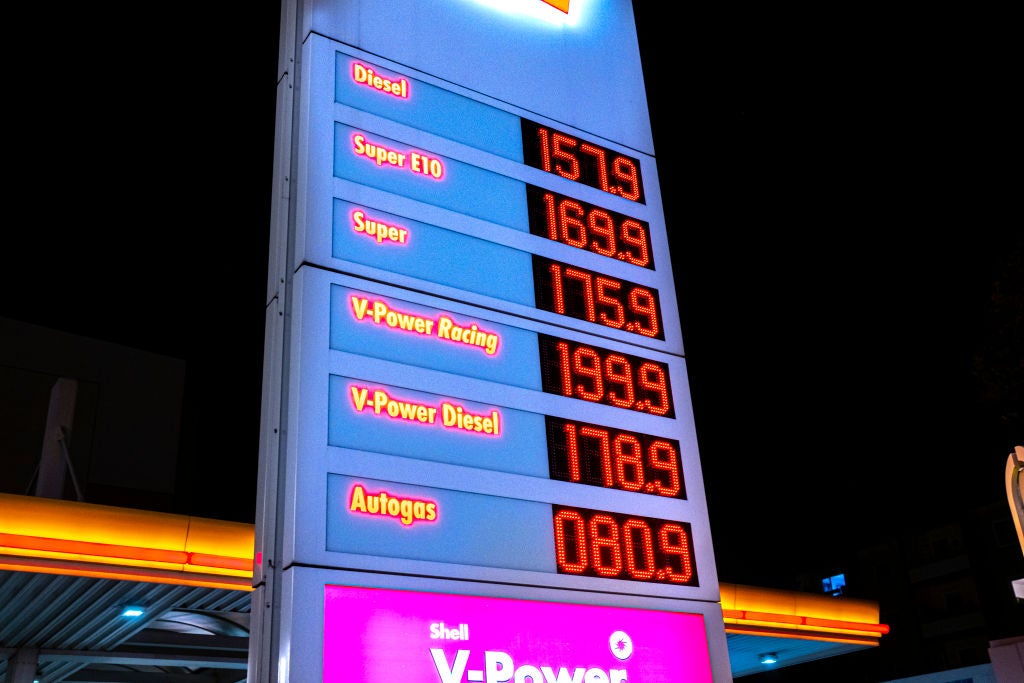As temperatures begin to plummet across Europe, the continent is facing a severe shortfall in energy supplies.
Fuel prices have soared across eastern Europe in recent months, putting the region at particular risk of energy poverty. In Latvia, the average cost of a tank of petrol has risen by €420 ($475.6) since 2020 – equivalent to 13% of the average Latvian’s weekly earnings. Petrol prices have also risen by more than 10% of weekly earnings in Lithuania and Slovakia.

The Italian government has warned citizens to expect a 40% increase in fuel costs over the coming months, while Spain has called on the EU to take coordinated action to tackle the rising prices.
How has the energy crisis happened?
The rising costs of petrol are part of a broader increase in the cost of fuel in Europe, including a continent-wide gas shortage. Supply constraints coupled with unexpected surges in demand have produced rising prices for energy across the continent.
Major suppliers, including Norway, Algeria and Russia, have not significantly increased supplies to meet the surge in demand. As such, European gas operators have accumulated far less in reserves over the summer than in any year on record.
The EU’s gas reserves currently stand at 69% full, compared with an average of 84% for the prior decade at this time of year and a previous record low of 79%. Reserves would not usually be this empty until 7 January.

US Tariffs are shifting - will you react or anticipate?
Don’t let policy changes catch you off guard. Stay proactive with real-time data and expert analysis.
By GlobalDataOf the 22 European countries for which data is available, the gas reserves of 18 are currently at record lows for this time of year.
Austria faces the largest shortfall, with its gas reserves currently only stocked to 47% of capacity – far below its previous record figure of 70%. In both Austria and the Netherlands, gas reserves are currently at levels not usually seen until mid-February, well after the peak of winter demand, while Ukraine and Germany are currently facing reserve levels usually not seen until late January.
Europe’s energy crisis is the result of a confluence of factors. Global energy companies slashed capacity in 2020 as lockdowns brought the world economy to a standstill, but demand has rebounded faster than expected – a result both of the rapid resumption of economic activity and some unusually cold winters and hot summers in major markets.
At the same time, a phase-out of coal power has coincided with unusually low wind levels in Europe, which has reduced wind power generation, and droughts in Brazil and China, which have cut supplies of hydroelectric power.
With Europe facing a particularly cold winter this year, the problem is likely to get worse before it gets better.
The original version of this article appeared in our sister publication Investment Monitor.



